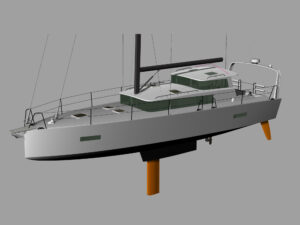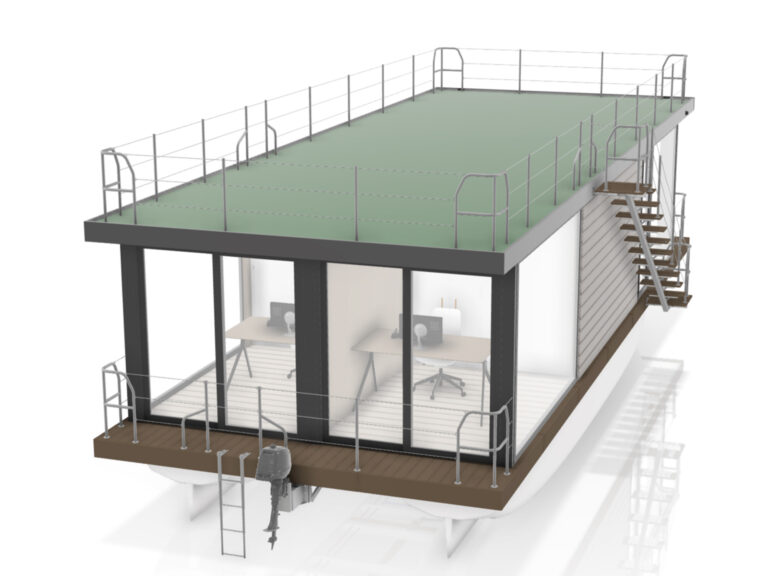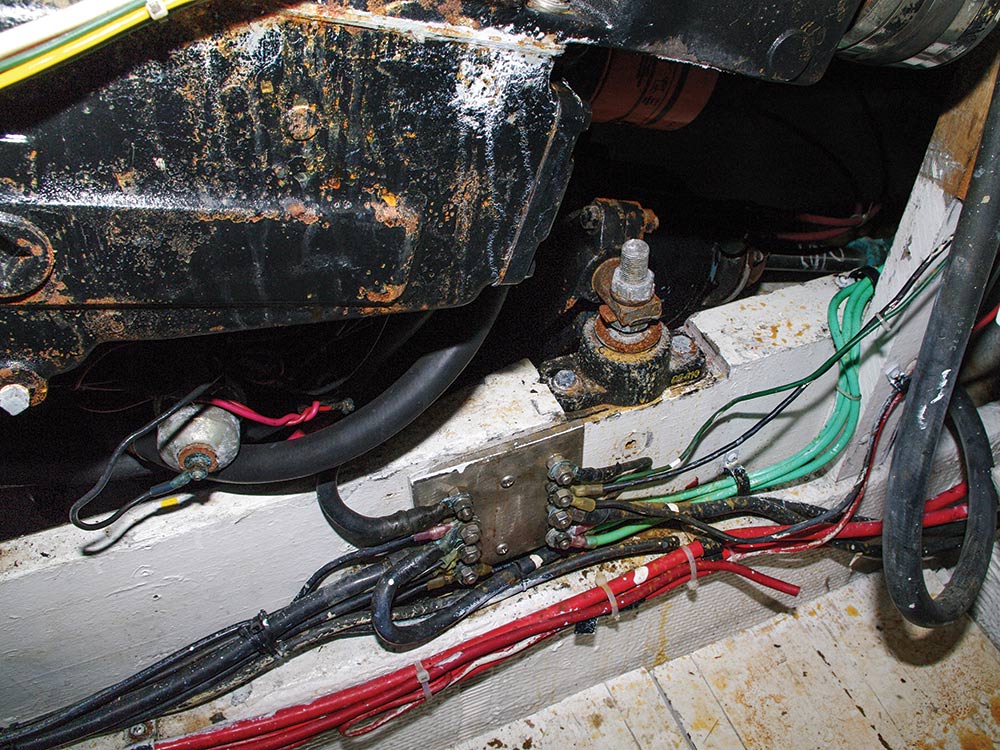
On paper, buying a storm-damaged boat can look like a real deal, but is it? The answer to that question is more difficult than you might think. The cost to fix or replace things like fiberglass damage, water-soaked upholstery and engines that might have ended up submerged can be assessed fairly easily, and often repairs are straightforward. But what about a boat’s electrical and electronics systems? The damage might not be so obvious, and a missed call on the extent of what work will need to be done can easily add up to a multi-thousand-dollar mistake. There are many factors to consider when we try to assess the relative health of any marine electrical system, and in the case of a damaged boat sold off as part of an insurance “deal,” it may be impossible to get the important history needed to make an intelligent evaluation. Without the ability to get accurate documentation of prior work done on the vessel, I’d avoid taking a chance on that particular boat. In other words, no deal! On the other hand, if you have access to work records and an equipment inventory, and you are able to learn more about how the vessel was damaged in the first place, you can at least begin to determine what might lie ahead if you do take on the project. Here are some of the questions I’d want answered.
What Happened?
The first thing to determine is whether the boat was exposed to salt water or fresh water. Certainly, in the case of vessels damaged by hurricanes that hit the Caribbean last fall the answer is ocean water with a heavy salt content. But sailboats along the U.S. Gulf Coast, depending upon exactly where they were berthed, may have been exposed to brackish or even fresh water.
Ocean water and salt spray can be particularly damaging due to its corrosive nature and relatively high rate of electrical conductivity. Fresh water, not so much.
Was the boat actually submerged, or was it just subjected to spray? Knowing this can make a huge difference in the potential damage, which will not be clearly visible once things get dried out.
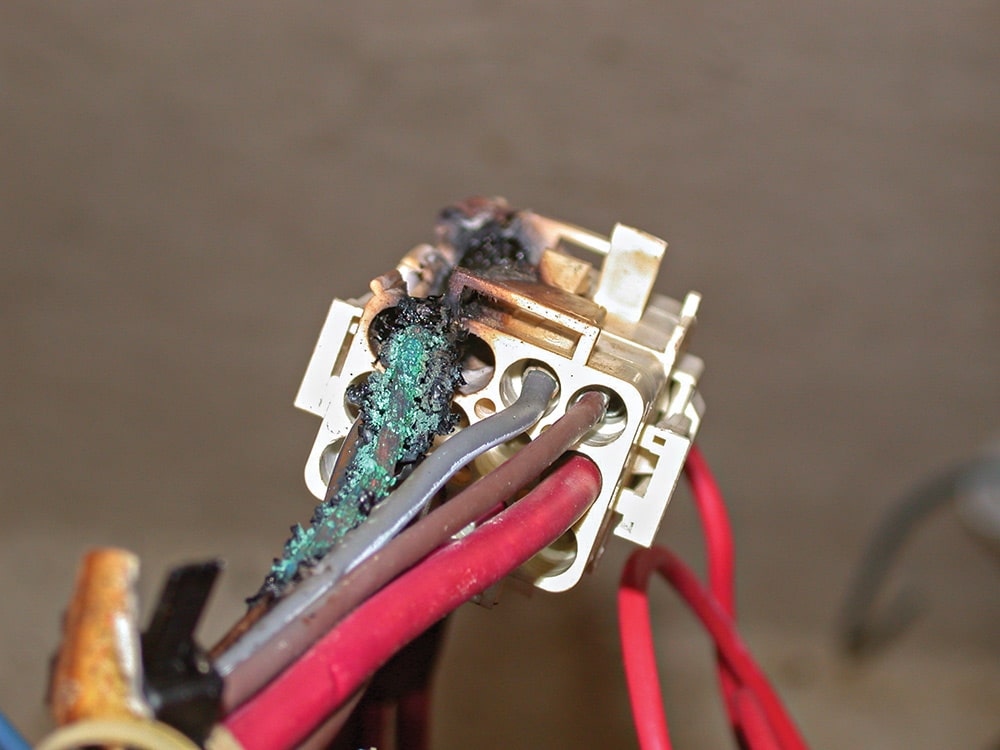
How Good Was the Wiring?
How about onboard wiring? Wiring that meets U.S. Coast Guard and UL 1426 standards, which are also referenced by the American Boat and Yacht Council in its E-11 standard, is constructed to be water resistant. But understand, however, that much of the wire used in boats is supplied by vendors outside the United States, and it may not meet these same requirements.
Some years back, a group of members from the National Association of Marine Surveyors (NAMS) sponsored laboratory testing to establish the distance seawater travels between strands of submerged insulated marine-grade wire. Capillary action under the wire insulation was found to have caused water migration at least 18 inches along each wire tested within 24 hours of initial submergence in seawater. Rest assured that extreme corrosion will ultimately occur in seawater-soaked cables, and electrical performance will be diminished as a result. So, this matter of whether the boat in question was submerged or not is of extreme importance when establishing the history of your potential bargain purchase.
Were the Circuits Hot?
Another question to ask is whether the boat was plugged into shore power at the time of the event, and whether some battery-supplied circuits were powered up. These circuits could have been running until the boat batteries went dead or the shore power got disconnected, greatly amplifying potential damage.
Can I Fix It?
Can some waterlogged electrical systems be rebuilt as opposed to replaced? The short answer is yes, but with a caveat. Increasingly, electrical components are not engineered with any thought of reconditioning. Further to that, with things like engine starter motors and alternators, which can be rebuilt, it is getting increasingly difficult to find shops with the necessary capabilities. So, depending upon your location, the economics may dictate replacement.
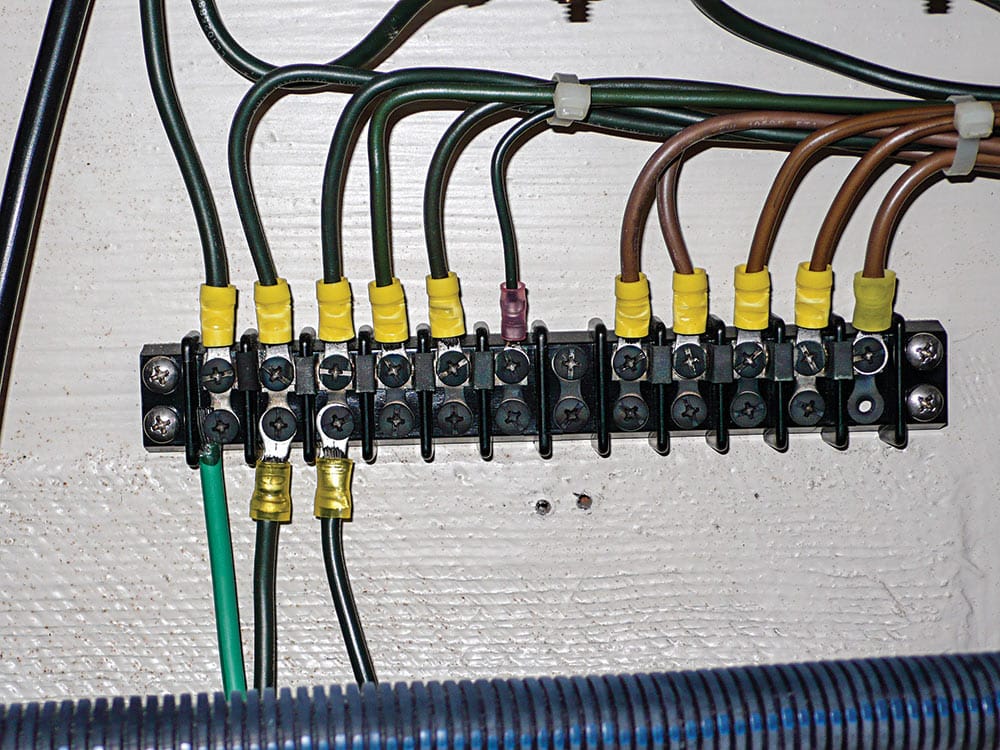
Are Guidelines Available?
Searching for expert advice specific to damage to marine electrical systems turns out to be a bit of a challenge. I did, however, find a white paper published in 2016 by the National Electrical Manufacturers Association (NEMA). The paper, titled “Evaluating Water-Damaged Electrical Equipment,” provides sage guidance relevant to all things electrical. Let’s look at some of its recommendations.
First, contact the equipment manufacturer. Attempts to recondition equipment without consulting the manufacturer can result in additional hazards due to the use of improper cleaning agents, which can cause further damage. NEMA emphasizes the importance of working only with properly trained personnel, especially if reconditioning is the chosen path.
As for specific pieces of equipment, NEMA makes some very clear recommendations, which are broken down underneath this article into a variety of categories.
A Few Last Thoughts
Keep in mind that in many cases, equipment that has been exposed to water may look just fine after things dry out. Therein lies the problem. The old saying “beauty is only skin deep” may apply anytime wiring and components get dunked. Also, beware, equipment may function just fine at the moment you are checking it, but the damage may be hidden and will only manifest itself after more time has passed and corrosion of internal components sets in.
There are bargains aplenty in the wake of any major storm, but don’t get blinded by the dazzle of a meager price tag. Ask the questions I’ve posed here and you might find your deal of a lifetime is no deal at all.
Repair or Replace
The following guidelines are offered by the National Electrical Manufacturers Association as a guide on how to approach water-damaged electrical systems.
Electrical Distribution Equipment
| Circuit breakers | Replace |
| Fuses | Replace |
| Switches | Replace |
| Buss Bars | Clean to recondition |
| Panelboards | Reconditioning is possible, but fuses and breakers will need replacement |
Motor and Other Electronic Control Systems
| Components containing semiconductors | Replace. This includes some new style switch panel boards that haintegrated PC boards. |
Power Equipment
| Electronic relays, meters, and current transformers | Replace |
| All dry type transformers or equipment, such as shore power conversion equipment, battery chargers and inverters or inverter chargers | Replace |
| Outlet Boxes | Replace |
| Wire, cable, flexible cords | Replace any that have been submerged or if ends with terminations that have been exposed to water. |
Circuit Protective Devices
| GFCI devices, surge protectors, light dimmers and all similar equipment | Replace |
Other Equipment
| Batteries | Replace |
| Lighting fixtures and LED drivers | Replace |
| Motors | May be rebuilt depending on application. Contact the manufacturer. |
| UPS devices | Replace |


